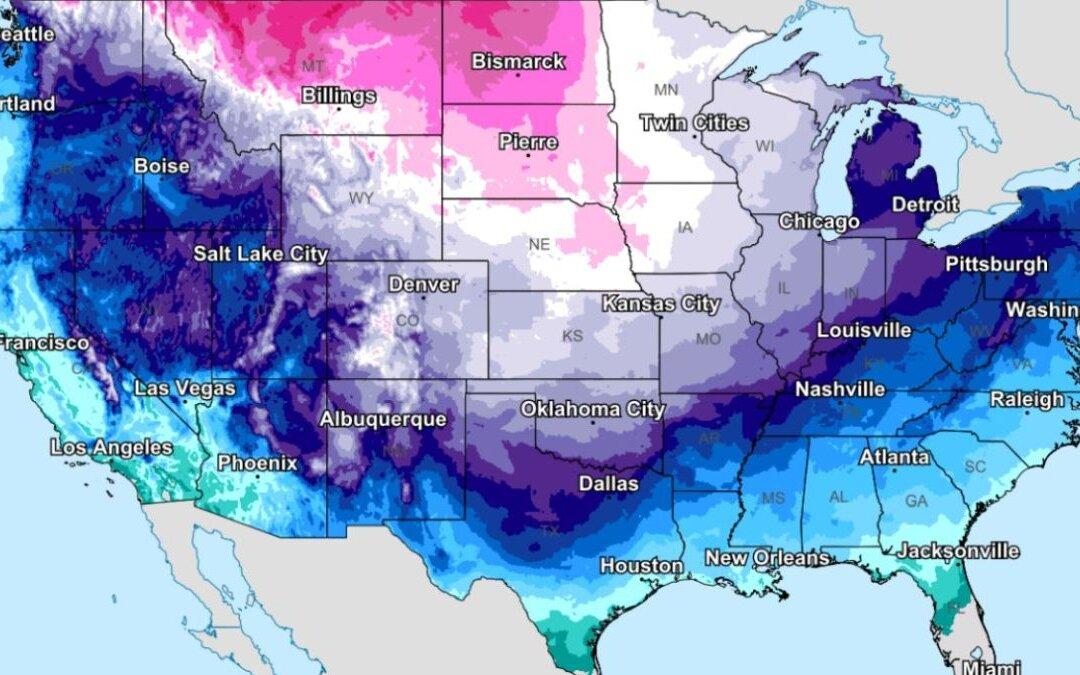As more winter storm warnings and advisories are under effect across the western United States on Wednesday, a National Weather Service (NWS) official advised what Americans should do if they’re ever caught in a blizzard.
But starting this weekend, icy cold air from the Arctic will start to spread across the middle of the United States and will continue into the next week, said the NWS’s Weather Prediction Center in a post on Tuesday.





